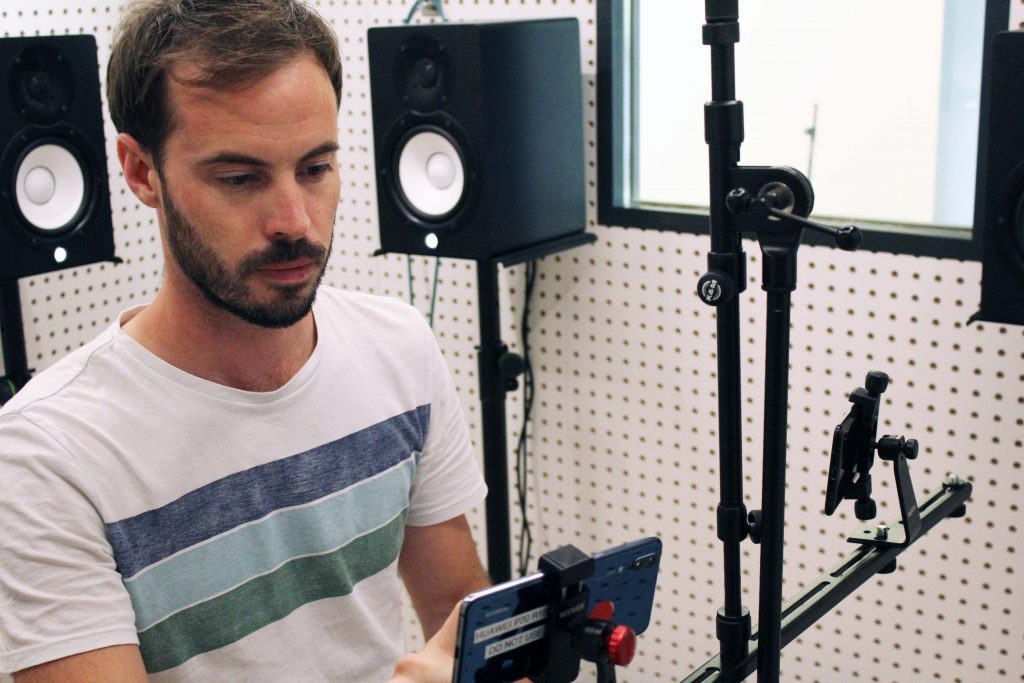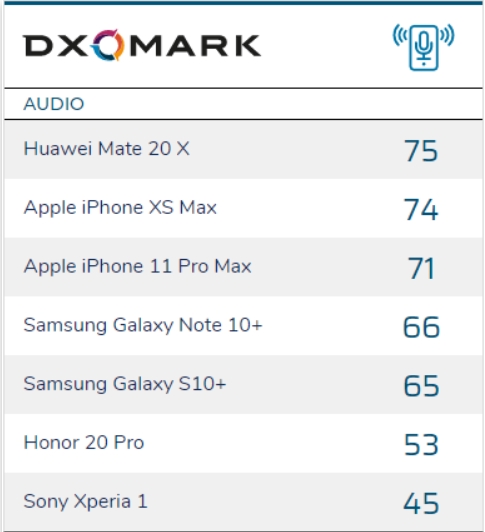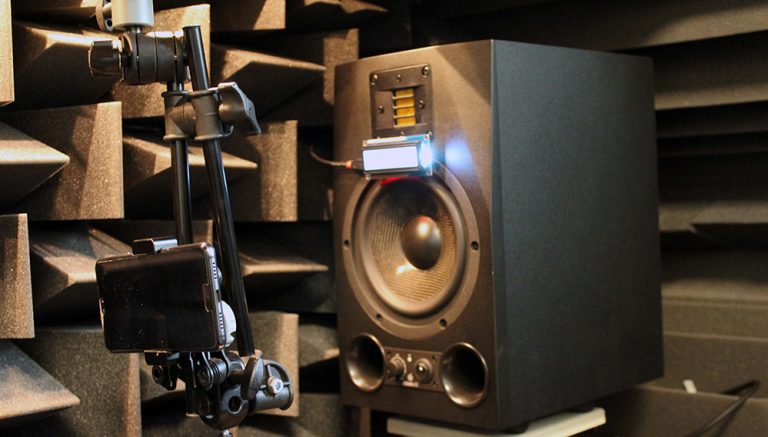DxOMark announced a benchmark scoring for smartphones audio including playback and recording sound quality. It’s a pretty big step for the benchmark site, especially when you remember that DxOMark’s bread and butter have been, for the longest time, focused on the camera performance of smartphones.
As explained by DxOMark, its audio benchmarking process will take place in a custom-built anechoic box, where all sounds in the room are absorbed. Testing the recording capabilities of the built-in microphones. Smartphones will be scored based on several attributes, including timbre, dynamics, spatial, volume, artificing, and background.

DxOMark will also be testing different scenarios in the real world. Some examples include recording a selfie, street performance, concerts, or meetings. In conjunction with these scenarios, additional tests will also be conducted for background noise, direction of the source, and how the phone is handled.
Additionally, the group also had a room built for audio playback. To that end, the site will conduct test scenarios that range from playing games and sharing music in a group of people.

At the time of writing, DxOMark has benchmarked seven smartphones including the iPhone 11 Pro Max and Samsung Galaxy Note 10+. Currently, the king of the hill is crowned to Huawei Mate 20 X, followed closely by Apple’s iPhone XS Max. Ironically, the newer iPhone 11 Pro Max was found to be worse than its predecessor.

DxOMark further stated that it employs listening experts for benchmark scoring. That being said, the ranking should not represent the value of the phone itself, but rather serve as a reference in a similar fashion to the way it ranks smartphone cameras.
(Source: DxOMark via TNW, 9to5Mac // Image: DxOMark)
Follow us on Instagram, Facebook, Twitter or Telegram for more updates and breaking news.


